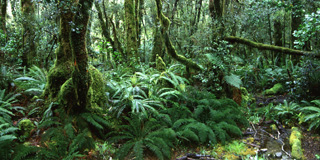Cyanobacteria
Cyanobacteria are photosynthetic gram negative bacteria formerly known as blue-green algae as they were long thought to belong to the plant kingdom. A feature shared by cyanobacteria and plants is their ability to perform oxygenic photosynthesis. According to the endosymbiont theory cyanobacteria are in fact the origin of chloroplasts, the organelles which harbor the plant`s photosynthetic machinery. As evidenced by fossils, cyanobacteria have been among the earliest life forms on earth and have been involved in the formation of the earth’s atmosphere. Up to now the production of oxygen by cyanobacterial photosynthesis contributes to keeping the balance of O2 and CO2 on our planet.
During the
course of evolution, cyanobacteria have adapted to almost every ecological
niche, including the most extreme ones. They can be found in freshwater lakes and
oceans, as well as in deserts, hot springs, and even in the arctic ice. The
adaptability of cyanobacteria is based on their enormous diversity in species
and strains and their ability to synthesize structurally and functionally
diverse natural products. Due to this
enormous biodiversity among cyanobacteria only a small proportion of cyanobacterial
species and their natural products have been characterized to date. Besides, phylogenetic
analyses evidence the early evolution of biosyntheses of natural products in cyanobateria.
During evolution cyanobacteria have
passed on their biosynthetic genes by horizontal gene transfer to other
bacterial species indicating the huge potential of this group of microorganism.




